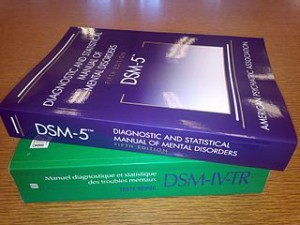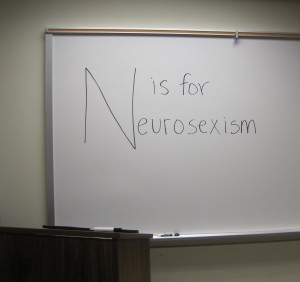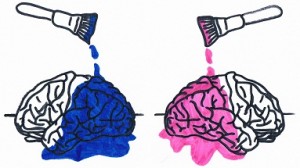 Pharmaceutical companies have been working for years in order to secure FDA-approval for Flibanserin, a drug intended to treat female desire disorders. Recently, there have been a number of new developments in the Flibanserin saga, involving drug companies, the FDA, feminist activists, and the media, which I analyze in this post. Here’s a quick preview of my judgment on each of these actors: pharmaceutical companies = profit driven (what else?); FDA = differential treatment of drugs for men vs. drugs for women; feminist activists = doing some good, but efforts have limitations; media = totally dropping the ball.
Pharmaceutical companies have been working for years in order to secure FDA-approval for Flibanserin, a drug intended to treat female desire disorders. Recently, there have been a number of new developments in the Flibanserin saga, involving drug companies, the FDA, feminist activists, and the media, which I analyze in this post. Here’s a quick preview of my judgment on each of these actors: pharmaceutical companies = profit driven (what else?); FDA = differential treatment of drugs for men vs. drugs for women; feminist activists = doing some good, but efforts have limitations; media = totally dropping the ball.
Background on the Flibanserin
Flibanserin is a drug that increases levels of the neurotransmitters dopamine and noradrenaline and lowers levels of the neurotransmitter serotonin. It was originally developed and tested as a treatment for depression by the German pharmaceutical company Boehringer Ingelheim, but it was not found to be effective in treating depression.

Credit: Wikimedia Commons
In 2010, Boehringer Ingelheim applied to the FDA for approval for Flibanserin as a treatment for Hypoactive Sexual Desire Disorder (HSDD) in women. HSDD is defined by the American Psychiatric Association in the DSM-IV as “persistently or recurrently deficient or absent sexual fantasies and desire for sexual activity” which must cause “marked distress or interpersonal difficulty” [1]. In clinical trials, women diagnosed with HSDD who took Flibanserin reported an increase of around 2.5 “sexually satisfying events” per month, while women diagnosed with HSDD who took a placebo reported an increase of around 1.5 “sexually satisfying events” per month. The FDA panel that reviewed Boehringer Ingelheim’s application recommended against approving Flibanserin, citing modest benefits and long-term safety concerns (the transcript of the hearing is available online).
Continue reading →









